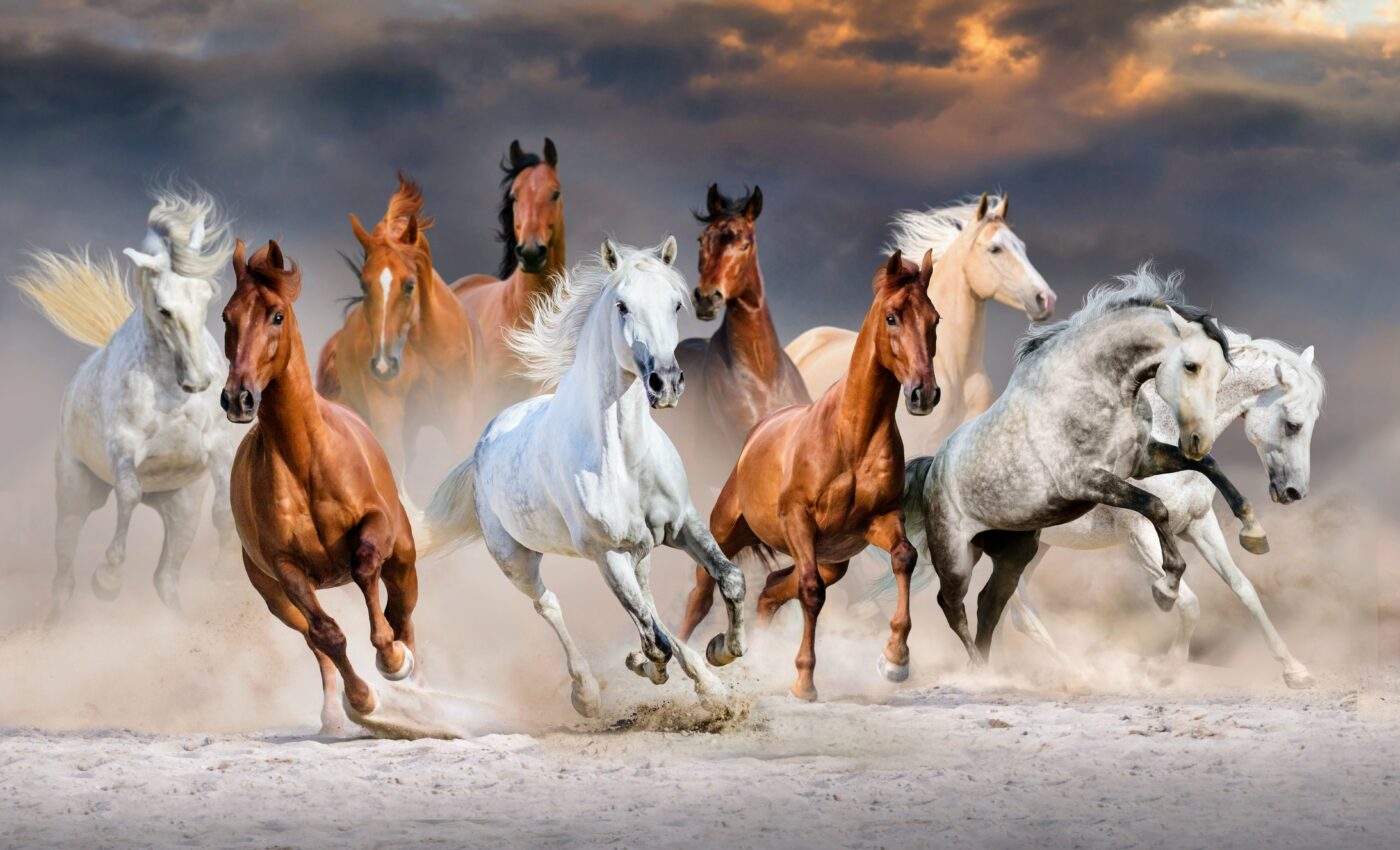
Animal swarms make decisions using collective intelligence
Animals form spectacular herds, flocks, schools and swarms that wheel and turn, collectively, in motion. A casual observer of these movements is forced to wonder how the individual animals know which direction to move in next, and how they don’t crash into one another on the way. A team of researchers led by the University of Konstanz has attempted to answer these questions by using programmable microrobots that act like a group of animals.
The researchers started with the premise that a group of animals faced with an imminent threat will try to move away from the threat, while at the same time trying to remain as close to the center of the group as possible. The group will then make an optimum flight response, even if some of the individual animals do not notice the threat, or react to it in the wrong way.
For their experiments, the researchers used a system of microrobots, consisting of programmable glass balls that move around actively and spread out thinly within a certain area. This scenario mimics a herd of antelope grazing peacefully on a savannah grassland. The unwelcome lion in this scene is represented by a laser beam that, when focused on the beads, warms them up from one side, causing them to move, like animals.
“We are able to target each individual bead and adjust its movement to fit that of its neighbors”, explained physicist and PhD student Chun-Jen Chen, who conducted most of the experiments. “The robots in our swarm are programmed to avoid collisions. They also received the information that they were to orient their motion based on the location of the approximate middle of the group. With the help of these rules, the robots organized themselves into a swirl.”
According to Professor Clemens Bechinger, the microrobotic swarm reproduces the movements of animal swarms surprisingly well. As soon as a “predator” appears, the microrobots change their movements, said Bechinger. They begin to move differently, but the change in direction is only minimal and does not cause each member of the swarm to move directly away from the predator. It is striking that the group as a whole moves in a straight line away from the predator, even though individuals within the group do not necessarily move in such a direct manner.
“This feat in which individuals move in a way that is not ideal for each one of them, but where the group as a whole behaves optimally, is based on a collective decision-making process or ‘swarm intelligence’ where information is constantly being exchanged between different members of a group,” said Professor Bechinger.
“One direct consequence of this behavior is that the efficiency of the flight response remains virtually unchanged, even if half of the microrobots – or animals – do not respond to the threat,” explained Chen. “This shows that missing or incomplete information from individual members of a group can be compensated for by other members.”
The physicists hypothesize that this may be a reason why animals organize themselves in groups, even though such groups are more obvious to predators than are individual animals.
While the study results will help scientists understand the basis for decision-making in groups of animals, they are also relevant for applications in the field of microrobotics. For future applications, in which multiple autonomous robots need to complete a useful task together but where there may be disruptions in communications, would benefit from the understanding gained in this study. With the knowledge gained here, a robotic swarm could work well even if, for example, the sensors in individual robots were to fail.
“The other microrobots would simply compensate for those with broken sensors, giving such systems a very high level of robustness,” said Bechinger.
The study is published in the New Journal of Physics.
—
By Alison Bosman, Earth.com Staff Writer












